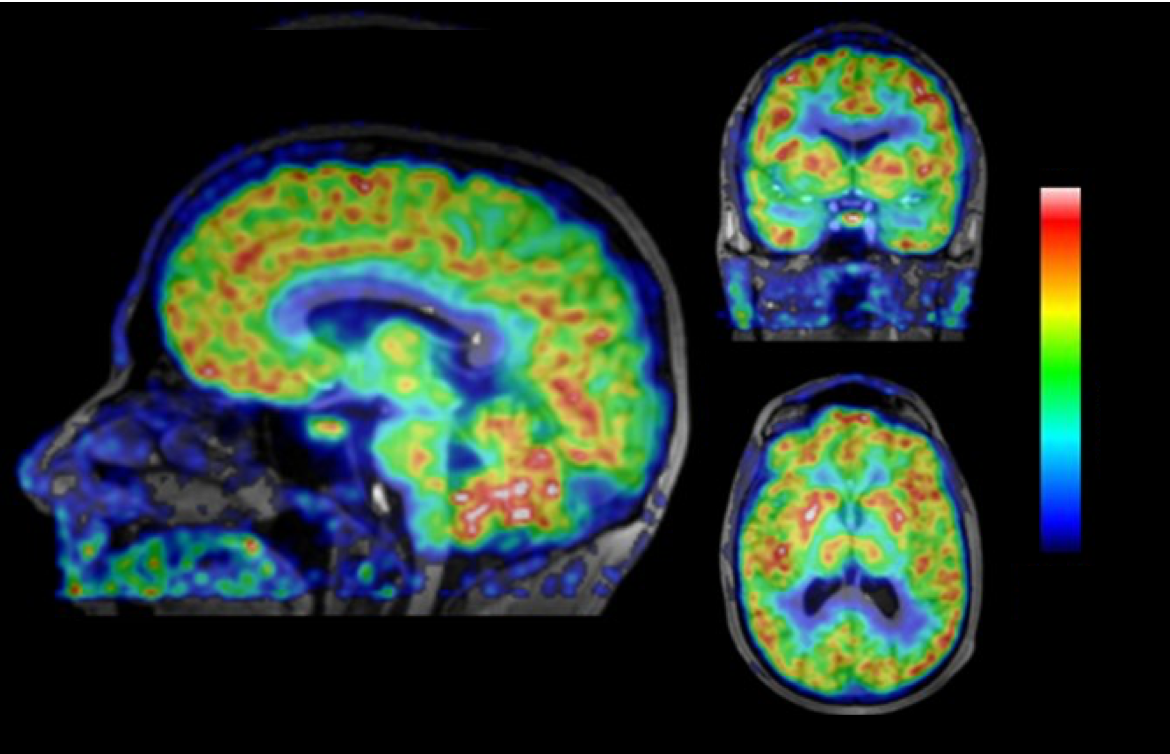
Background
Dysregulation of Glycogen Synthase Kinase 3β (GSK3β) is associated with several neurodegenerative diseases, such as Parkinson’s, Alzheimer’s and Huntington’s. Therefore, development of a selective GSK3β PET tracer would enable both, early detection of its aberrant activity and facilitate therapeutic drug discovery. However, efforts to develop a potent tracer has remained unsuccessful due to either poor penetration of the blood-brain-barrier (BBB) and/ or short half life of traditional radio-label conjugate, 11C, used as a radio-label.
Technology
Researchers at Stony Brook University have developed novel 18F radiolabeled GSK3β inhibitors. 18F radiolabeling offer several advantages to these inhibitors:-Long half life (t1/2 = 109.7m) which eliminates the reliance on in-house cyclotron thus facilitating wide spread use.-Better spatial resolution and image quality due to short range positron emission. Additionally, these compounds are highly potent (IC50 = 1.7nM) and have been demonstrated to cross BBB in rodents (Figure 1.).Further Details: Hu et al. ACS Medicinal Chemistry Letters, 8, 287-292, 2017
Advantages
Longer t1/2 of 18F ( vs traditional 11C) labeled tracers-Demonstrated brain penetration-Improved spatial resolution and image quality-High potency
Application
- Medical Imaging- Diagnostics- Therapeutics
Inventors
Ming-Yu Ngai, Assistant Professor, Chemistry
Katarzyna Lee, PhD Student, Chemistry
Kongzhen Hu *credit to use, Postdoctoral Res. Assoc., Chemistry
Neil Nasdev, Associate Professor,
Stephen Haggarty, Associate Professor,
Licensing Contact
Valery Matthys, Licensing Associate, Intellectual Property Partners, valery.matthys@stonybrook.edu,
Patent Status
Patent application submitted
PCT application covering compositions and methods of use (PCT/US18/13446).
Tech Id
050-8894
